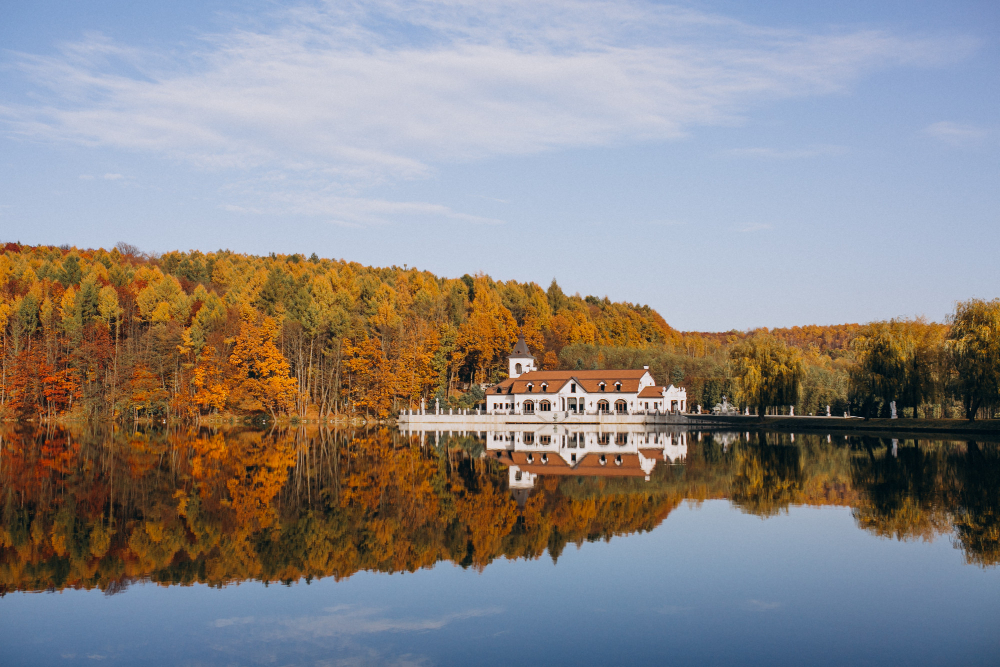In recent years, a subtle demographic shift has taken shape across the United States. Some residents, especially those with choices, flexibility, or savings, are questioning life in what many call the “Storm Belt:” states along the Gulf Coast and Southeast prone to hurricanes, flooding, brutal summer heat, and rising insurance costs. Instead, they are looking toward cooler, more stable regions in the North and inland. This migration is not massive yet, but it shows how climate stress, infrastructure pressure, and changing work patterns are reshaping decisions about where people choose to live.
Below you will find how the trend shows in real estate and migration data, the key forces pushing it, the preferred destinations, how communities respond, and what anyone watching geography should track in the months ahead.
What the trend looks like now
Census data, migration reports, and housing market signals all point to movement patterns shifting, even if slowly. Southern states continue to grow overall through births and international migration, but internal migration toward safer zones is emerging. Rural and small towns in states like Michigan and Minnesota now report above-average increases in inbound movers. Real estate platforms say traffic from coastal ZIP codes to inland towns has increased in recent years under search queries labeled “climate safe” or “low disaster risk.” Some counties in the Great Lakes and upper Midwest are posting stronger buyer interest than in prior decades.
The video component of the reference article illustrates the trend: fewer people buying new coastal homes, more families considering northern options for long-term stability. It frames the trend as cautious and generational, not sudden mass exodus.
Why people are opting for safer ground

Increased climate risk in the Storm Belt
Residents in states like Florida, Louisiana, and Gulf Alabama repeatedly live through hurricanes, flood events, and heat stress. Rebuilding, evacuations, and uncertainty are part of life. Those repeated costs and stress build into decisions. Many buyers now demand higher elevation, better drainage, and climate‑resilient architecture. What once was luxury becomes necessity.
Rising insurance and rebuilding burdens
Home insurance and flood insurance in high‑risk zones have become costlier or harder to obtain. Some residents now face skyrocketing premiums or withdrawal of coverage. Repeated rebuilding after storms eats savings. For some people, moving becomes cheaper than repeatedly investing in repairs and resilience. Sellers increasingly disclose storm risk in listing descriptions, which affects resale value and scares off certain buyers.
Remote work and flexibility
Remote and hybrid work models let people decouple their home location from their workplace location. A worker tied to a southern metropolitan region can now move to a North state, while keeping their job intact. That flexibility makes moving for climate or quality of life more viable.
Quality of life and mental safety
A stable, moderate summer, lower disaster stress, and fewer days spent repairing or evacuating factor into lifestyle decisions. As people age or plan families, they weigh less extreme climate as part of long term health and safety. Some see the historical value in avoiding repeating devastation cycles.
Where people are moving to

The migration patterns favor northern, inland, and high‑elevation zones. Some hotspots include:
- Lakeshore counties in Michigan and Wisconsin that balance water access with lower storm risk
- Northern New England towns with cool summers and manageable infrastructure
- Inland New York and Pennsylvania counties with lower heat indices and moderate climates
- Upper Midwest small cities offering stable grids, walkable towns, and affordable housing
- Secondary cities in states like Minnesota or Ohio that offer balance of services and shelter from extreme storms
These places draw interest because they already have roads, utilities, local services, and a real estate base. They are not wild frontier. They are the towns that can handle more growth.
The challenges push and pull communities
Sending areas lose population, tax base, and civic energy. Crisis recovery demands more spending just as resources shrink. Infrastructure, hospitals, schools, and social services strain during peak events.
Receiving communities struggle too. Roads, schools, power, and broadband may need expansion. Small towns not used to rapid growth could struggle with zoning, planning, utility capacity, and local resistance. Maintaining affordability while growing responsibly is a central concern.
Another tension is inequality. Not everyone can move. Wealthier or well‑resourced households lead this trend. For lower income residents in risk areas, relocation is harder. Some counties now discuss policies: tax breaks for climate safe relocation, resilience grants for at-risk homes, and managed retreat strategies.
What to watch and questions to ask
If your family, city, or school district is affected by this trend, or you want to follow it, here are useful signals:
- Real estate buyer origin data: Are sellers in coastal states moving north?
- Insurance premium trends or nonrenewals in high-risk ZIPs
- Local zoning changes and infrastructure planning in receiving counties
- County migration statistics from Census or internal revenue agency data
- New housing or expansion permits in inland zones with climate advantage
For teens, this trend is geography in motion. Education, jobs, social networks all shift when people move. Where communities gain growth, opportunity often follows. Watching this new migration means seeing how climate, infrastructure, and choice redraw maps.
Sources
- Wagner Reese, Most Dangerous Cities for Cyclists & Pedestrians (cited in earlier work but referenced for method)
- Census Bureau internal migration reports (2023–2025)
- Reuters, “Florida buyers seeking inland homes in light of climate risk” (2024)
- Zillow and Redfin traffic data showing search flux from southern ZIPs to northern ones (2025)
- Insurance Journal, “Homeowners Insurance rate spikes in coastal zones” (2025)
- Real estate listing aggregators flagging “climate safe” keywords (2025)


